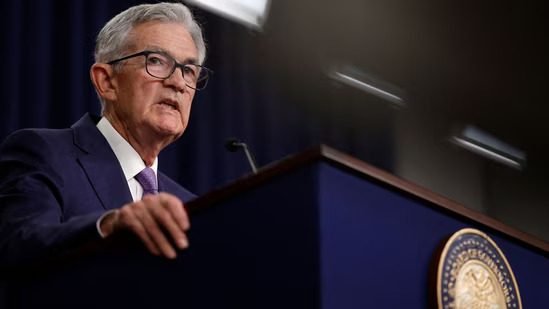Between May 2022 and February, the Reserve Bank of India (RBI) increased the repo rate, which is used to communicate interest rates in the economy, by 2.5%. If we merely consider this data point of 2.5%, it could not mean much. It is significant, though.
This is substantially faster than the preceding rate cycles, according to the rate action’s historical patterns. Furthermore, the base rate, or repo rate, previous to the current hiking cycle was 4%. It suggests that 63% of the base has already been marked up in some form (2.5 divided by 4). Given that the pandemic-induced base was at an all-time low, this might not imply anything. Moreover, the repo rate depends on current day relevant indicators such as inflation. But, in light of the current inflation levels, it provides perspective that the Indian central bank has already travelled a large portion of the necessary journey.
Let’s now take a look at the time in the future when the cycle of rate increases is predicted to end. Thoughts will differ, but we may develop a perspective. We’ll examine the pertinent factors.
Inflation is the most significant factor because it is the RBI’s first priority when determining policy rates. According to popular belief, expectations regarding the RBI’s rate action are shaped by the most recent inflation figures.
The Monetary Policy Committee (MPC) of the RBI examines the inflation forecast, which is typically one year out. Although our CPI inflation in February 2023 was greater above the RBI’s tolerance zone of 6%, the outlook is good. According to the RBI, CPI inflation will be 5% in the April–June 2023 quarter, 5.4% in the next two quarters, and 5.6% in the January–March 2024 quarter. One could argue that the RBI’s inflation target is 4% with a 6% tolerance range as the upper limit. Yet it must be viewed in its proper context. Inflation is strong on a global scale, and this has an impact on our inflation as well. In light of this situation, accepting inflation within the tolerance range and achieving the primary goal of 4% over the next two years shouldn’t provide any significant challenges.
The smaller interest rate difference between India and the US has received a lot of attention. Contrary to popular belief, that is not a significant component for the RBI’s MPC. If it’s about FPI bond investments in India, i.e., that higher interest rates there would encourage FPI investments, the truth is that they hold a tiny portion of the outstanding stock. FPIs own 0.76 trillion, or less than 1%, of the 91.4 trillion in outstanding government bonds. They own 2.6% of the 40.9 trillion yen in outstanding corporate bonds. No plausible justification exists to raise rates solely to court them. The issue of our currency’s interest rate support follows. According to the argument, increasing interest rates will encourage foreign investment into India and strengthen the currency. But the truth is that foreign portfolio investors (FPIs) invest significantly more in Indian equity than they do in bonds. Growth in India is supported by lower interest rates rather than higher interest rates, which is what drives equity investments.
The MPC will need to account for our growth at some point in the future. We are the largest economy in the world that is growing at the quickest rate, but we are currently transitioning from post-pandemic economic recovery to trend growth rate. While estimates for GDP growth in FY2023, the present year, ranging from 6.8 to 7%, those for FY2023, the next year, are lower, generally between 5.5 and 6.5%.
When we examine the decisions made at the most recent MPC meeting on February 8, we can see that two of the committee’s six external members advocated against further rate increases in the sake of economic growth.
World attitudes on problems in the banking sector are evolving. The RBI MPC will meet again on April 6. The Governor has the casting vote in any meeting if there is a 3:3 tie and another member has a different opinion. What does this imply to you personally? The market-prevailing interest rates have taken into account both the prospective rate hike on April 6 and the previous rate hikes by the RBI. Bond yield levels may slightly increase, but generally speaking, we are at attractive entry points.




